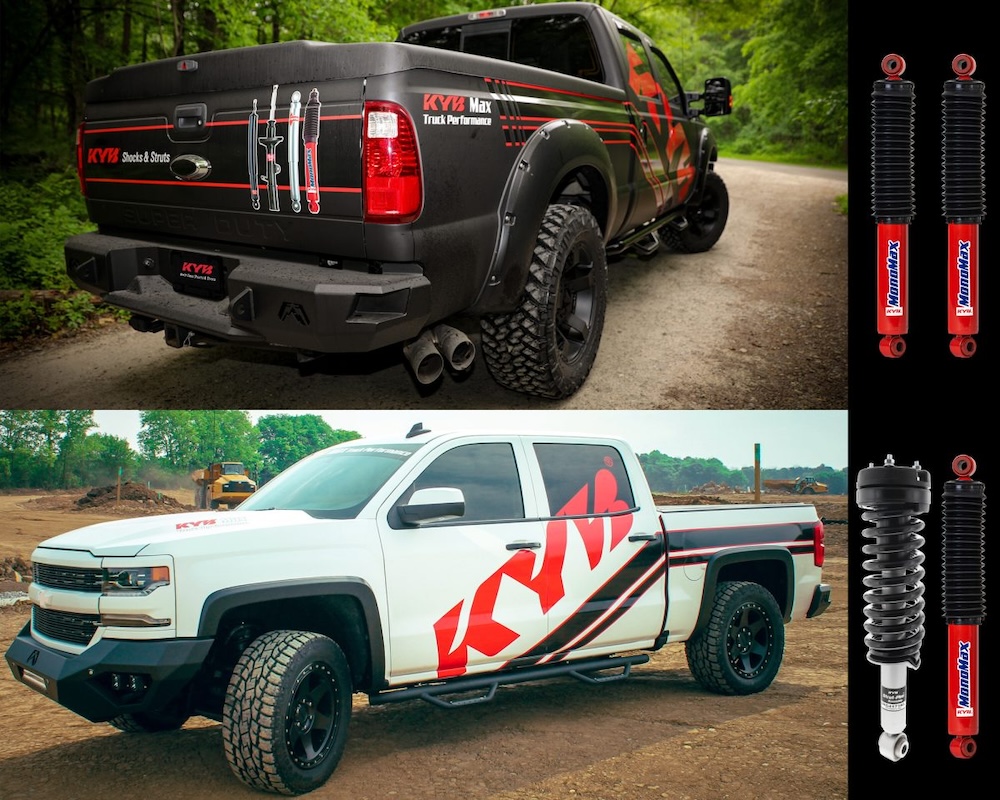Performance Shocks: Handle With Care
Performance shocks open up the world of quality suspension upgrades & more...
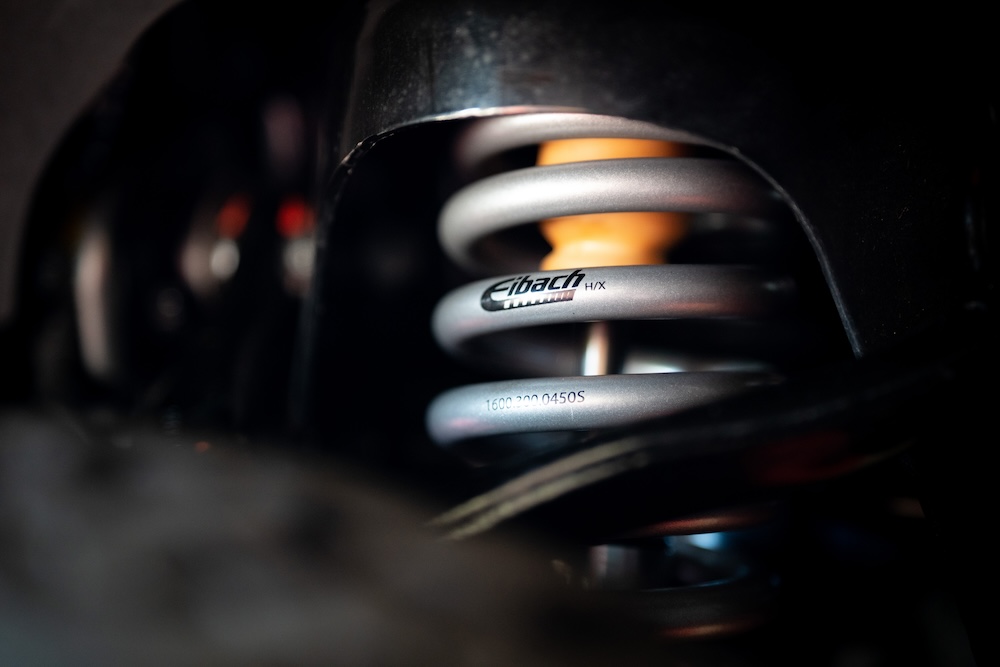
This article originally appeared in the August 2024 issue of THE SHOP magazine.
Performance shocks make every project a little more fun, delivering the handling and confidence drivers want with an improved connection to the road, track or trail.
Often serving as a gateway to additional vehicle enhancements, picking the proper performance shock requires learning about the planned usage of the vehicle and understanding the factors that affect ride quality and stability. The end goal is gripping the steering wheel with a feeling of total control.
To help shops take on this market, suppliers offer the latest on emerging trends, opportunities and hot new products, with an eye on improving handling with care.
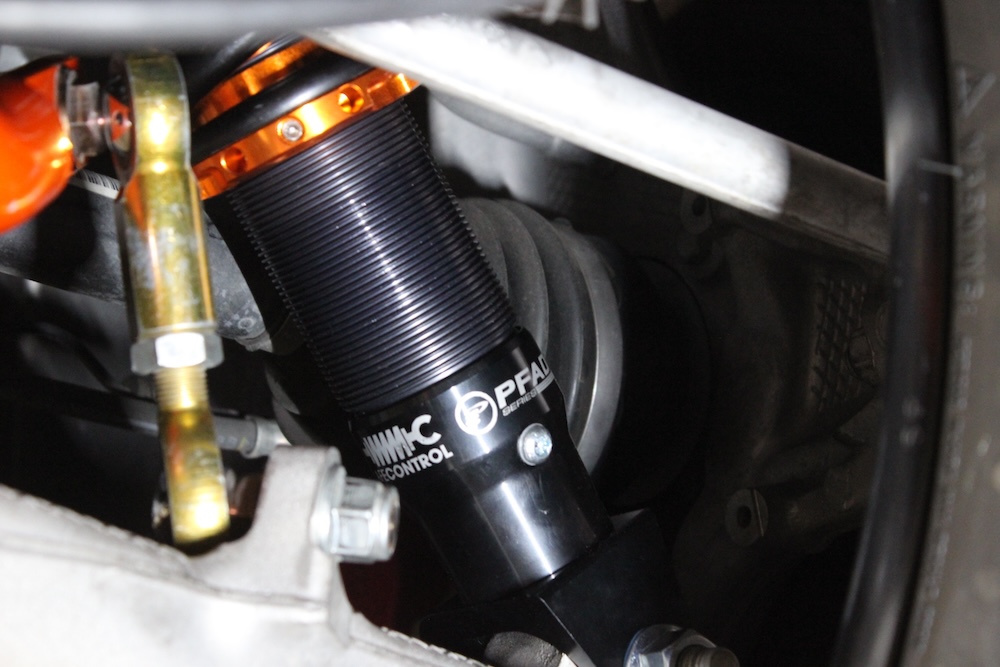
BETTER TOGETHER
If your shop isn’t offering performance shock upgrades, now may be the time to enter the market.
“It’s growing and growing,” says Aaron Lambert, general manager for Penske Racing Shocks. “I look back to when we started going to the SEMA Show over 10 years ago. The racing and performance section was small in comparison to other areas, but now it’s one of the largest segments at SEMA. We have a growing customer base of performance customers. Some may be custom chassis and some are original chassis being updated. In both cases, we are seeing an increase in everyday people upgrading their cars.”
Mark Krumme, head of marketing, North America, for Eibach Inc., has watched as the market changed around the time of the pandemic with many customers searching for the biggest and best to what is now more of a balanced desire for quality and practicality.
“Drivers want something that does the job well and offers good value—something they can trust to deliver good capability and ride quality,” he says. “That’s where Eibach fits in. We’re made in the USA, and we spend a lot of time developing ride quality and a balance of capability and performance.”
Today’s performance shocks are asked to do a lot for modern vehicles. Quality and innovation ensure they are up to the challenge.
“Consumers want a simple shock-tuning solution to fix complex suspension issues. It now exists,” says Scott Becker, director of media/marketing for MetalCloak.
Suppliers agree that product advancements have come a long way.
“The ability to use high-end race technology and package it into a shock that can fit in stock mounting locations is amazing—taking the features and benefits of a race-level bypass shock and allowing it to be bolted into the stock location on the vehicle with no modification,” says Dane Garvik, marketing manager for FOX.
Many market innovations are in response to the latest factory offerings, says Steve Laws, senior R&D technician for aFe POWER.
“Live-valved shocks that you see on the OE shocks that come on most high-performance vehicles like the Ford Raptor or even Corvettes and side-by-side utility vehicles have been a big change for the performance shock industry.”
And, while performance shocks offer noticeable benefits, upgrades to the entire suspension system can sometimes be even better.
“Shops have realized the advantages of installing complete assemblies,” says Andy Castleman, director, product and marketing for KYB Americas Corp. “They save time and labor and can be more profitable than installing bare struts and shocks. KYB Truck-Plus complete assemblies are available for lifting, leveling and as an OE replacement.”
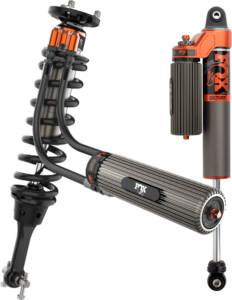
FROM THE START
Whether it’s a modern muscle machine or a brand-new pickup, some owners drive straight from the showroom to the accessory shop to build the vehicle of their dreams, opening up immediate opportunities.
“Many consumers these days want to personalize their vehicles with performance shocks, aftermarket tires and wheels, etc., often right after they purchase them,” says Castleman. “Partnering with dealerships to customize vehicles right off the lot can be very beneficial to shops. And many consumers will continue to upgrade their vehicles as they age. Establishing your shop as that initial customization partner can result in long-term customers.”
Garvik agrees, noting, “quality suspension unlocks the versatility of any vehicle. Once a customer’s vehicle rides better, the desire to add additional parts and accessories begins.”
Laws notes that wheels and tires are a popular starting point for the truck crowd in particular.
“Most customers like to add wheels and tires when purchasing aftermarket shocks to fit those bigger tires with the new ride height they gain,” he says, adding that shops “can upsell exhaust and add alignment to the work order.”
Regardless of the product mix, however, performance shocks “often become another spoke in their wheel of business, no different than if they had and engine dyno and shop,” says Lambert. “We always tell our dealers that they know more about their markets than we do.”
It’s not always a new vehicle rolling into the work bay, however. In these instances, Krumme suggests shops take the time to do a complete suspension inspection to identify significant wear points and add-on or upgrade suggestions that will improve overall handling and steering performance.
“Inspect the condition of bushings and existing components—things that may need to be replaced. Older vehicles may have been put through the ringer already,” he says. “Build trust by having an honest conversation around what’s going on with their old components. Don’t just put new shocks on an already sloppy suspension—the customer won’t be as happy with the result.”
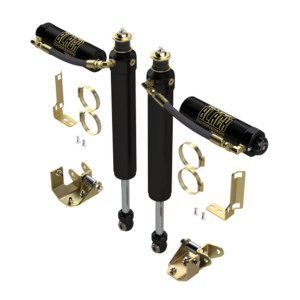
And, as always, shops will want to match the product to the specific plans for the vehicle.
“Highly tunable shocks allow your customer to dial their vehicle’s handling performance into their exact standard,” Becker notes. “This allows the end user to feel more in control over their driving experience.”
THE TOTAL PACKAGE
Do you have customers looking for lift, leveling or lowering products or, as mentioned earlier, new wheels and tires? Performance shocks fit right into their plans.
“Consider packaging a performance shock with every lift kit or oversize tire and wheel sale,” says KYB’s Castleman. “The customer will be happier with the increased handling and performance of their vehicle, and you will see more cash in the register.”
Projects should be built around the driver’s future plans, says Garvik from FOX.
“Get to know what the customer’s expectations are for the vehicle,” he advises. “This will allow for unlocked potential. We often say that suspension is the first thing to think about but the last thing to do.”
Professionals can explain how today’s products meet their evolving needs, says MetalCloak’s Becker.
“Inform customers that with a simple twist of the dials they can go from a firm-weight handling overland platform to a comfortable/soft daily-drive commuter rig.”
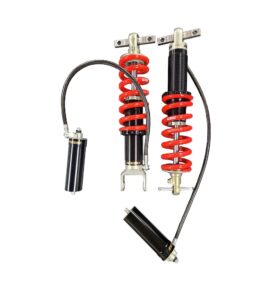
With so much going on, every sale is a chance to educate consumers, notes Laws from aFe POWER.
“Don’t just sell them the product but teach them how aftermarket shocks work and how they can be adjusted or tuned for the ride quality they prefer,” he suggests.
Of course, that means first educating your staff, says Lambert from Penske Racing Shocks.
“When it comes to shocks, there are a lot of great aftermarket options out there. What you must consider is how specific they are to your application. A lot of these aftermarket shocks are one-build-fits-all. They may be better than stock, but we know that one size or feel does not fit all,” he explains. “Customers are not all doing the same things with their cars, so why would the same shock work for everyone? When shops start to learn and understand how to tune shocks for certain applications, they themselves can now service, rebuild and tune for their customers.”
Eibach’s Krumme outlines how an educated sales staff and experienced installers can make all the difference.
“It all comes down to the service advisor and how they approach the situation,” he says. “When handled correctly, it can help build trust.”
Everything from showcasing the products as part of a showroom display and/or on a shop vehicle to fully explaining the warranty process of each manufacturer can help direct customers to the choice that’s right for them.
“Lastly, understand the differences in valving and piston design, and how they relate to ride quality and performance,” Krumme concludes. “Know what’s going on with the suspension—the feel and ride quality—and speak to that with your customer.”
